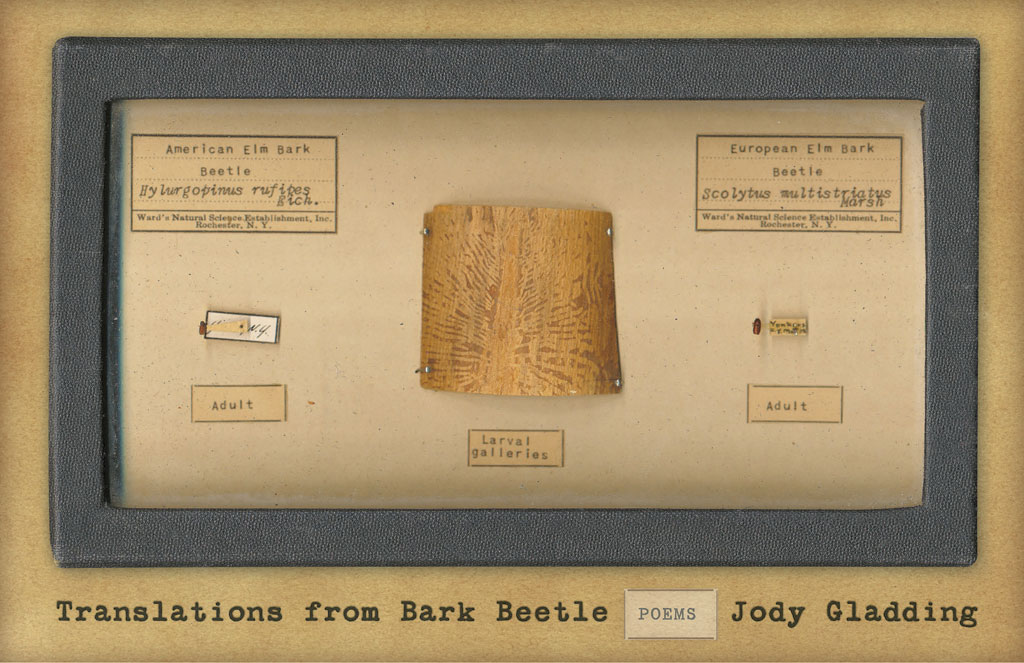 Anyone who has grown up on the prairie knows that it is not the sort of place that is easy to capture in a few words. Upon first glance, of course, it is a simple place. Mainly flat. A few trees here and there. Not extravagant like the mountains, nor mysterious like the forest, nor boisterous like the ocean. Even the word “prairie” is unbecoming. Two syllables, quickly and quietly said. Of course, those of us who have spent ample time on the prairie can easily tell others that this apparent subtlety is just that – apparent. If you have ever experienced the full blast of a January blizzard, or if you have stood under those never-ending blue summer skies, or if you have watched a pronghorn skim across an expanse, you know that the prairie is a glorious and amazing place. While appearing subdued, it is anything but. Even after so many decades of intense human influence, it is still a place of beauty and wonder with a powerful story to tell.
Anyone who has grown up on the prairie knows that it is not the sort of place that is easy to capture in a few words. Upon first glance, of course, it is a simple place. Mainly flat. A few trees here and there. Not extravagant like the mountains, nor mysterious like the forest, nor boisterous like the ocean. Even the word “prairie” is unbecoming. Two syllables, quickly and quietly said. Of course, those of us who have spent ample time on the prairie can easily tell others that this apparent subtlety is just that – apparent. If you have ever experienced the full blast of a January blizzard, or if you have stood under those never-ending blue summer skies, or if you have watched a pronghorn skim across an expanse, you know that the prairie is a glorious and amazing place. While appearing subdued, it is anything but. Even after so many decades of intense human influence, it is still a place of beauty and wonder with a powerful story to tell.
Telling that story, and telling it well, is certainly a gargantuan task. But it is one that Candace Savage has accomplished in her book “Prairie: A Natural History” (Greystone Books/David Suzuki Foundation, 2011, 320 pp, ISBN: 1553655885). I ran into this book via my local library, and I’m glad that I did because I have appreciated reading every page of it.
One interwoven message in the book is that the North American grasslands are likely the most human-impacted ecosystem on earth but that they and their denizens are also (so far) highly resilient. In much of the prairie – particularly the tallgrass prairie – it is difficult or impossible to still find substantial areas that remain fairly untouched. That said, however, it is amazing that there have also been very few known extinctions – passenger pigeons and the Rocky Mountain locust being the most obvious examples that Savage notes. In all honesty, this outcome is probably more due to dumb luck as it is to good planning or a cautious approach to development. This is particularly the case when you consider that this is an ecosystem (or, actually, a collection of interrelated and distinct ecosystems) that has historically received short shrift. Early on in her book Savage quotes Daniel Webster:
What do we want with this vast worthless area; this region of savages and wild beasts, of deserts of shifting sands and whirlwinds of dust, of cactus and prairie dogs?
Even John James Audubon while in the Dakotas wrote:
The prairies around us are the most arid and dismal you can conceive of. In fact these prairies (so called) look more like great deserts.
With friends like these, who needs enemies?
So it is not a surprise that the Great Plains have been used and abused by settlers and their descendants for most of the past couple of centuries. Throughout the book, Savage details changes in human land use patterns that were driven by economics, societal changes, shifts in technology, and legislation. In each case she draws attention to particular flora and fauna that benefit – or seem to benefit – and those that lose out. And in doing so she shows the extent that all of life – human and otherwise – is deeply connected as far as the grass grows and the wind blows.
Implied in much of that story is the fact that settlers have rarely given much thought to their actions beyond their own benefit and perhaps the first rank of consequences (if that). What would it mean to other predators (foxes, coyotes, and others) to extirpate wolves from most of the Great Plains? What birds would benefit, and which ones would lose out, with new crops or cropping practices? What do tillage practices and the introduction of vast monocultures mean for the native pollinators and their plants? What does our profligate use of surface and aquifer water and damming of rivers mean for aquatic invertebrates, amphibians, sturgeon, and other fish? In the Great Plains Anthropocene it has been rare for such questions to have been asked. And while that is hopefully changing, nowhere on earth is it etched more deeply than on the tablet of the prairie.
Savage works her way through the natural history of the prairie from its deep history and geological formation, to its soils, its meteorology, its plants and its animals of all conceivable types, and to our collective human influence, past and present. Throughout this epic journey across time and space – accompanied by many maps and amazing photographs – she brings out the wonder and beauty of this dynamic landscape and its inhabitants. Every story weaves into the next with nary a seam, and each chapter builds from start to end. There were times in her writing where I could practically smell the spring cottonwood buds while watching American white pelicans fly by my favorite fishing hole on the Bow River. At other times the melody of red-winged blackbirds called out from the cattails of the pages. My guess is that this book will speak most deeply to those of us who have deeply experienced the prairies, but that it will also draw out a new appreciation in those who have spent little or no time there at all.
Most of all, this book is a book of hope. As a young boy driving with my family across Alberta and Saskatchewan I often dreamed of what it would be like to see the prairie open and unfenced. Those days are not going to return again soon, if ever. But the prairie is still there in river valleys and along ridges, along the side of highways, in aspen groves, and in a few conserved expanses. And the more people who realize its beauty and its vital function (beyond food, and now fuel, production) in our lives, the more likely we will be to live to see more of it conserved.
Savage opens her final chapter of the book as follows:
In a century when the natural world is slowly dying all around us – when wildness has been pushed to the margins – the wide open spaces of the Great Plains are a landscape of hope. Here is an ecosystem that has experienced the full onslaught of modernization in one brief historical instant and that, though battered and torn, still inspires us with its splendor. This is a country filled with light. It is a place where city streets flow out onto the prairie and draw us along until, almost before we know it, we find ourselves rolling down a dusty gravel road, with warm gusts of meadowlark song blowing in through the open window. It is land where the seasons surge over us like tides, from the sudden upwelling of spring to the languid heat of summer and from the rushing retreat of autumn to the great sparking silence of winter.
Hope, indeed! I highly recommend this book; and then I even more strongly recommend that you find a way to take some time in your future to physically read and enjoy the book of nature spread out before you under a vast dome of sky.

